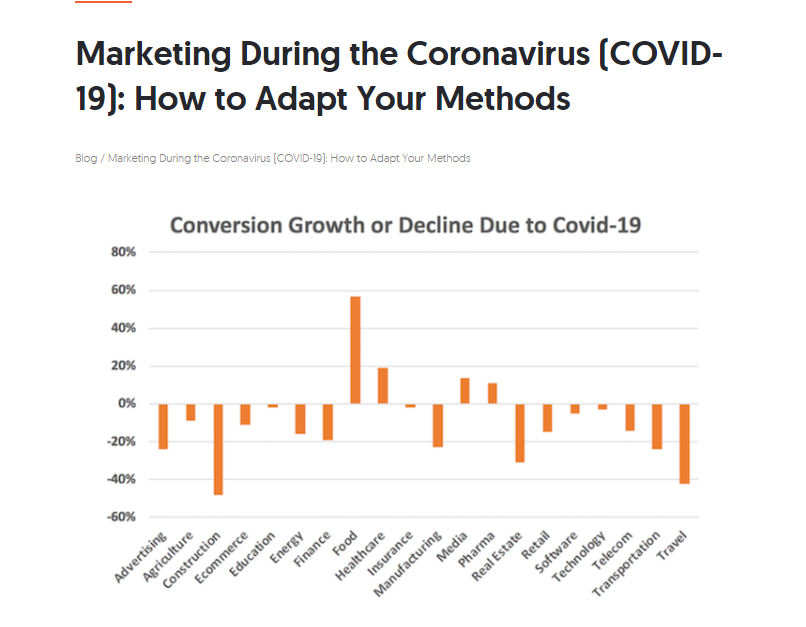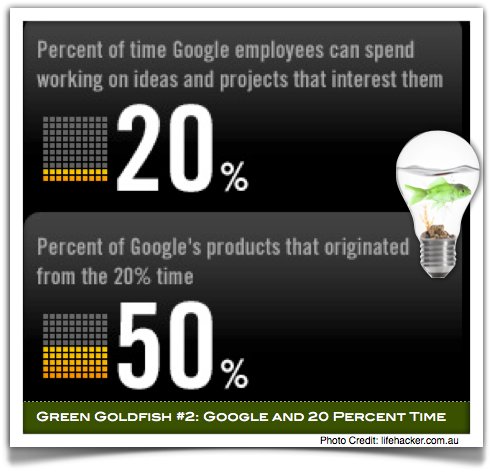In the previous parts of our “Thought Leadership” series, we laid the groundwork by understanding the foundational aspects and the power of storytelling in thought leadership. Now, in Part 3, it’s time to explore the actionable strategies and best practices that enable individuals and organizations not only to build thought leadership but also to sustain it over time.
Content Strategy for Long-term Impact
Building thought leadership is not a one-time effort but a continuous journey. To ensure long-term impact, it’s crucial to develop a robust content strategy. Consider the following statistic: –
According to HubSpot, companies that publish 16 or more blog posts per month receive 3.5 times more traffic than those publishing 0-4 posts.
A well-defined content strategy should include: –
Creating Evergreen Content… Evergreen content remains relevant over time. It serves as the backbone of thought leadership efforts because it continues to provide value to your audience long after it’s published. Balancing such content with timely pieces on trending topics keeps your thought leadership current.
Adapting to Industry Dynamics… Thought leaders must continuously adapt their content strategy to stay aligned with evolving industry trends and challenges. Your thought leadership content should reflect your understanding of the latest developments in your field.
Building Thought Leadership Teams
Thought leadership is not a solo endeavor; it thrives on collaboration and diverse expertise.
Assemble Subject Matter Experts… Identify individuals within your organization who can contribute their expertise to your thought leadership efforts. These experts can provide in-depth insights and credibility to your content.
Collaborate with Content Creators… Content creators and marketers play a vital role in refining your content strategy and amplifying your reach. They can help craft and distribute your thought leadership content effectively.
Mentor Emerging Thought Leaders… Nurturing and mentoring emerging thought leaders within your organization ensures a continuous pipeline of fresh insights. Encourage them to develop their expertise and contribute to your thought leadership efforts.
HubSpot, a leading inbound marketing company, has a team of subject matter experts who contribute to their thought leadership efforts. Their collaboration with industry experts and influencers adds depth to their content.
62% of B2B marketers report that their organization’s content marketing is more successful compared to the previous year, thanks to team collaboration.
Thought Leadership in Crisis Management
Maintaining thought leadership during challenging times is a true test of your authority and credibility.
Neil Patel is known for his ability to adapt to industry disruptions and provide valuable insights during challenging times. When the COVID-19 pandemic hit, it created unprecedented challenges for businesses worldwide. Marketing strategies had to be reevaluated and adjusted to address the changing landscape.
Neil Patel rose to the occasion by: –
Transparency… He openly addressed the challenges that businesses were facing due to the pandemic. Through his blog posts, videos & webinars he acknowledged the economic uncertainties and the impact on marketing budgets.
Adaptability… Neil provided practical solutions and strategies for businesses to adapt their marketing efforts during the crisis. He emphasized the importance of shifting strategies to focus on areas that were more relevant in the pandemic context, such as digital marketing, content creation, and online engagement.
Neil Patel’s thought leadership during the COVID-19 crisis demonstrated his commitment to helping marketers navigate through challenging times with transparency and adaptability. His insights were highly regarded in the marketing community, and he continued to provide guidance as the situation evolved, showcasing the true essence of thought leadership in crisis management.

Global Thought Leadership
72.4% of consumers prefer content in their language, highlighting the importance of localization in global thought leadership.
Expanding thought leadership globally requires a nuanced approach to reach diverse international audiences.
Multilingual Content… Translate and localize your content to reach diverse international audiences. Language is a powerful barrier to break when establishing thought leadership in different regions.
Establishing Authority… Engage with global audiences by showcasing expertise in international markets. Understand cultural nuances and industry-specific trends to connect effectively.
IBM is a prime example of a company that has successfully established global thought leadership. Their localized content and engagement strategies cater to audiences worldwide.
The Significance of Ethics in Thought Leadership
Ethical thought leadership is a moral imperative in today’s socially conscious world as it involves upholding principles of fairness, honesty, and integrity in all your actions and communications as a thought leader. Here’s why ethics matter:
Trust and Credibility… Ethical thought leaders are trusted by their audience. When you consistently demonstrate ethical behavior, your audience is more likely to believe in the authenticity of your insights and recommendations.
Long-term Reputation… Ethical thought leadership is about building a long-term reputation for integrity and reliability. It’s not just about short-term gains; it’s about earning and maintaining the trust of your audience over time.
Positive Influence… Ethical thought leaders have the power to influence positive change. When you lead by example with ethical practices, you inspire others to do the same, creating a ripple effect of responsible behavior.
Risk Mitigation… Ethical thought leadership reduces the risk of damaging your reputation. Ethical lapses or scandals can quickly erode trust and credibility, making it essential to prioritize ethical conduct.
According to the Edelman Trust Barometer, 81% of respondents said that trusting a brand to do what is right is a major consideration when they’re making a purchasing decision. This statistic alone underscores the importance of trust and credibility, which are closely tied to ethical thought leadership.
Elon Musk’s Ethical Approach to Innovation
Elon Musk, CEO of Tesla & SpaceX, is known not only for his innovative ideas but also for his commitment to ethical innovation. Musk’s ventures often challenge the status quo, pushing the boundaries of technology and industry norms. However, what sets Musk apart is his ethical approach to innovation.
Transparency… Musk is transparent about the risks & challenges associated with his ventures. He openly discusses the potential downsides of technologies like – AI and advocates for responsible development.
Social Responsibility… Musk’s initiatives such as Tesla’s focus on sustainable energy & SpaceX’s pursuit of space exploration, align with broader social and environmental goals. He uses his influence to address critical issues facing humanity.
Accountability… When mistakes occur, Musk takes responsibility and seeks solutions. For example, when Tesla faced production challenges with its Model 3, Musk admitted fault & worked to rectify the situation.
Elon Musk’s ethical thought leadership demonstrates that innovation & social responsibility can coexist. His commitment to ethical conduct has contributed to the positive impact of his ventures on society.
The Power of Social Responsibility in Thought Leadership
Social responsibility is another integral aspect of ethical thought leadership. It involves taking proactive steps to contribute positively to society, the environment, and the well-being of others.
Impactful Leadership… Thought leaders have the potential to use their influence for the greater good. By advocating for social and environmental causes, they can inspire their audience to take action.
Building a Purpose-Driven Brand… Organizations and individuals that prioritize social responsibility in thought leadership efforts create a stronger sense of purpose. Consumers are increasingly drawn to brands that make a positive impact on society.
Attracting Like-minded Audiences… Thought leaders who are socially responsible naturally attract audiences who share their values. This alignment creates a community of like-minded individuals who are passionate about driving positive change.
Long-term Relevance… Thought leaders who engage in social responsibility initiatives are more likely to maintain their relevance over time. They are seen as leaders who care about the greater good, not just their personal or organizational success.
In 2021, Half of consumers say they’ve paid a premium—an average of 59% more—for products branded as sustainable or socially responsible in the last 12 months.
Salesforce’s 1-1-1 Model
Salesforce, a leading cloud-based software company, has embraced social responsibility as a core component of its thought leadership. The company’s “1-1-1 model” commits to donating 1% of product, 1% of equity, and 1% of employees’ time to charitable causes and nonprofit organizations.
This social responsibility initiative not only reflects Salesforce’s commitment to making a positive impact but also sets an example for other businesses to follow. By integrating social responsibility into its thought leadership Salesforce has built a purpose-driven brand and inspired a culture of giving back within its ecosystem.
Nurturing a Thought Leadership Culture…
Building a thought leadership culture within an organization is a strategic move that not only benefits the company but also empowers employees to excel.
- Continuous Learning & Innovation…
Without any doubt, continuous learning fosters creativity & ideation. Employees who are constantly expanding their knowledge are more likely to come up with innovative solutions and fresh insights that contribute to thought leadership.

Google is famous for its “20% time” policy which encourages employees to spend 20% of their work hours on personal projects or ideas that interest them. This policy has led to innovations such as Gmail & Google Maps. It’s a prime example of how continuous learning and innovation can be ingrained in a company’s culture to foster thought leadership.
2. Recognition & Celebration…
Recognizing & celebrating thought leadership achievements within your organization is equally vital, and here’s why: –
Motivation and Engagement… When employees see that their contributions to thought leadership are valued & celebrated, it motivates them to actively participate in building thought leadership.
Building a Positive Reputation… Thought leadership recognition can enhance your organization’s reputation both internally as well as externally. It reinforces the idea that your company values expertise and is committed to staying at the forefront of industry trends.
To close…
In the wise words of Albert Einstein, “The only source of knowledge is experience.” One’s path as a thought leader is destined to be remarkable, brimming with opportunities to inspire, wield influence, and leave an indelible imprint on the world…





